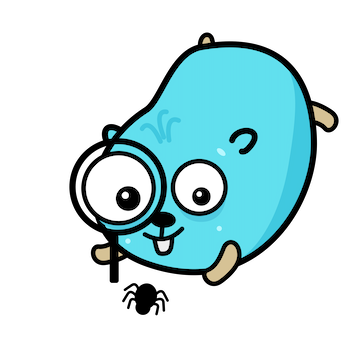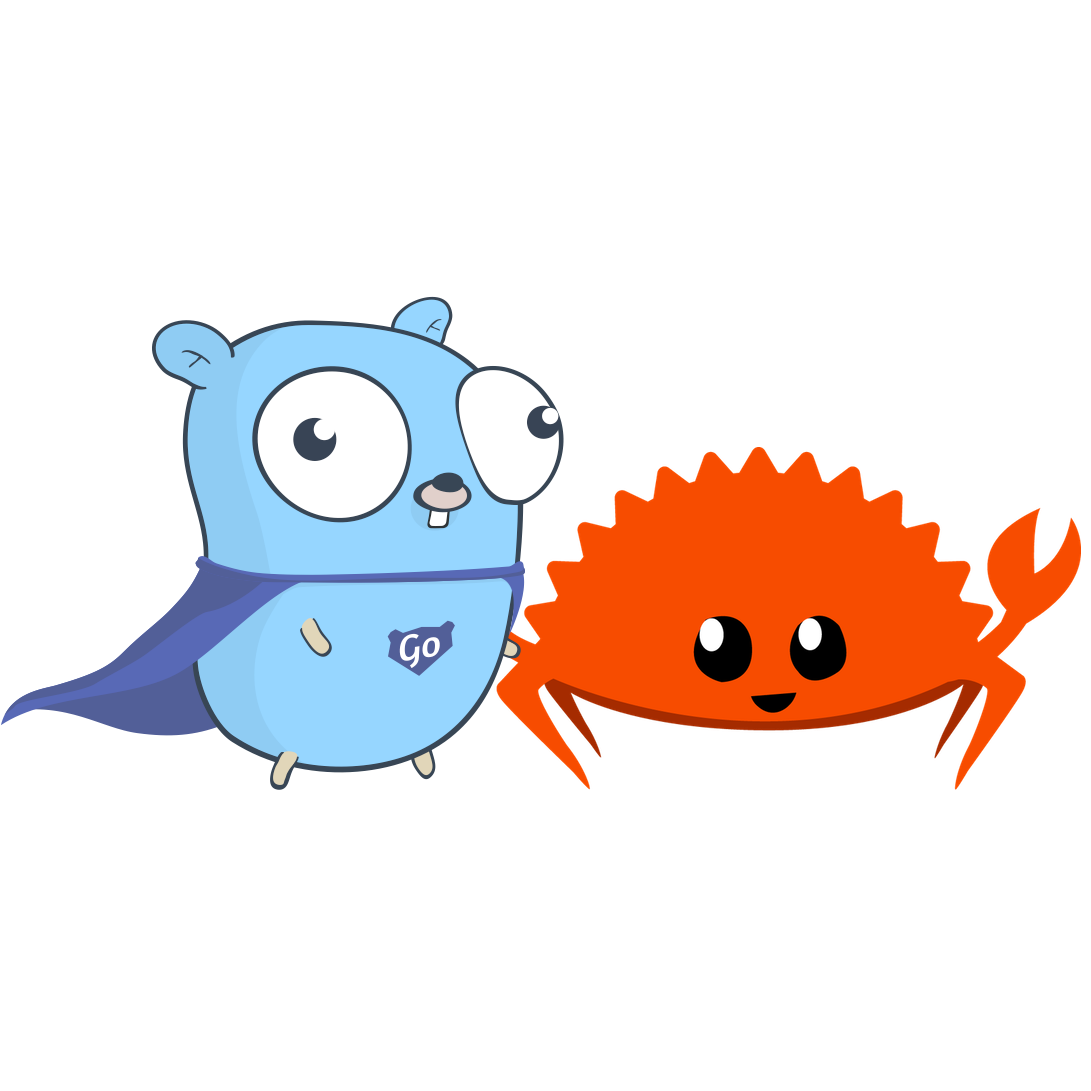Whither the weather? In another extract from the not-yet-award-winning book The Secrets of Rust: Tools, let’s write a simple API client that can tell us if it’s sweater or swimsuit season.
The joy of (type) sets
Generics introduces a whole new kind of interface to Go: one based not on methods, but on type sets. Let’s explore the possibilities.
For your eyes only
Durable software not only handles errors, it presents them to users in a helpful and meaningful way. Let’s put the finishing touches to our line-counting program by completing the user interface.
Getting nothing done
You don't need a special place, or a special time, or even special clothes, to meditate. It's just letting the mind rest when it's not needed, and that's the case more often than you might think.
Bobcoin, blockchains, and cryptocurrency
How do cryptocurrencies actually work, though? Join Alice and Bob as they embark on designing a new digital ledger for secure “Bobcoin” transactions.
Things fall apart
The night is dark and full of errors—and durable Rust software is not only ready for them, but handles them sensibly. Let’s see how, by returning to our line-counter project.
Catching grace
Meditation is easy when you know what to do: absolutely nothing! It's hard at first, like trying to look at the back of your own head, but there's a knack to it.
Writing terrible code
The secret of being a great coder is to write terrible code. Wait, wait. Hear me out: I’m going somewhere with this.
Slow, flaky, and failing
Thou shalt not suffer a flaky test to live, because it’s annoying, counterproductive, and dangerous: one day it might fail for real, and you won’t notice. Here’s what to do.
How to know when it's time to go
Leaving a job is never easy, and it’s a consequential decision. But when it’s time, it’s time. Here’s how to escape the comfort trap, and take the next step in your career.
The magic function
How do you design user-friendly APIs in Rust? The answer is easy: you use them! Let’s build a simple Rust CLI tool using what I call the “magic function” approach.
What are the best Go books in 2025?
What are the best Go books this year? Read my (relatively) unbiased recommendations for the Go books you should absolutely buy and read right now, whether you’re a beginner or expert Gopher.
Rust vs Go in 2025
Which is a better choice, Rust or Go? Which language should you choose for your next project, and why? How do the two compare in areas like performance, simplicity, safety, features, scale, and concurrency?
Why you can't meditate
You can't clear your mind, or achieve bliss by sitting on a special cushion. But you can start to gently train your brain to stop craving distraction and overstimulation. In this excerpt from Monk Mode, we'll see how.
Undertesting and overtesting
Tests are great, provided they actually test something. But are your tests too optimistic (assuming the code already works), or too persnickety (testing the irrelevant)?
Rust and Go vs everything else
Alex Pliutau and I discuss what Go programmers should know about Rust, and why the two languages make perfect partners.
Constraints in Go
Freedom is nothing without constraints, and Go’s generics gives us a powerful way to build polymorphic types and functions constrained by type sets. Let’s geek out.
Generic types in Go
What kind of idiot would carry a package for someone when they've absolutely no idea what's inside it? Well, generic types in Go are exactly like that, only in a good way.
Testing legacy code
How do you rescue a legacy codebase that has no tests? Let's look at some techniques for clawing your way back to maintainability, one test at a time.
Programming is fun
I was a guest on the Cup o’ Go podcast recently, talking with Shay Nehmad and Jonathan Hall about writing and teaching Go. Here’s a transcript of our chat.









